The popular Arduino boards come in various configurations to fit everyone's needs. While building my Arduino-based watch, I was wondering why there are no ready-made solutions for low power boards. It is actually not that complicated. The Atmega328 already has various power saving modes. Only the Arduino's on-board LED and voltage regulator lead to an unnecessary high power consumption. Because of this, any regular Arduino board will run less than a day on AA batteries. The LP mini on the other hand can run for months or even years on a coin cell.
Hardware
- Microcontroller: Atmega328p with Arduino bootloader
- Real Time Clock: MCP79410
- Voltage Regulator: MCP1700
- FDN340P MOSFET
Features
- 2.8 µA current consumption in sleep mode
- Compatible to the Arduino Pro Mini (except for pin 2 and 10)
- A real time clock keeps the time and is used to wake the Atmega from sleep mode
- Sleep current is reduced by using a more efficient voltage regulator
- A simple Mosfet is used to turn external devices on and off if the IO pins cannot provide enough current
 Max.K
Max.K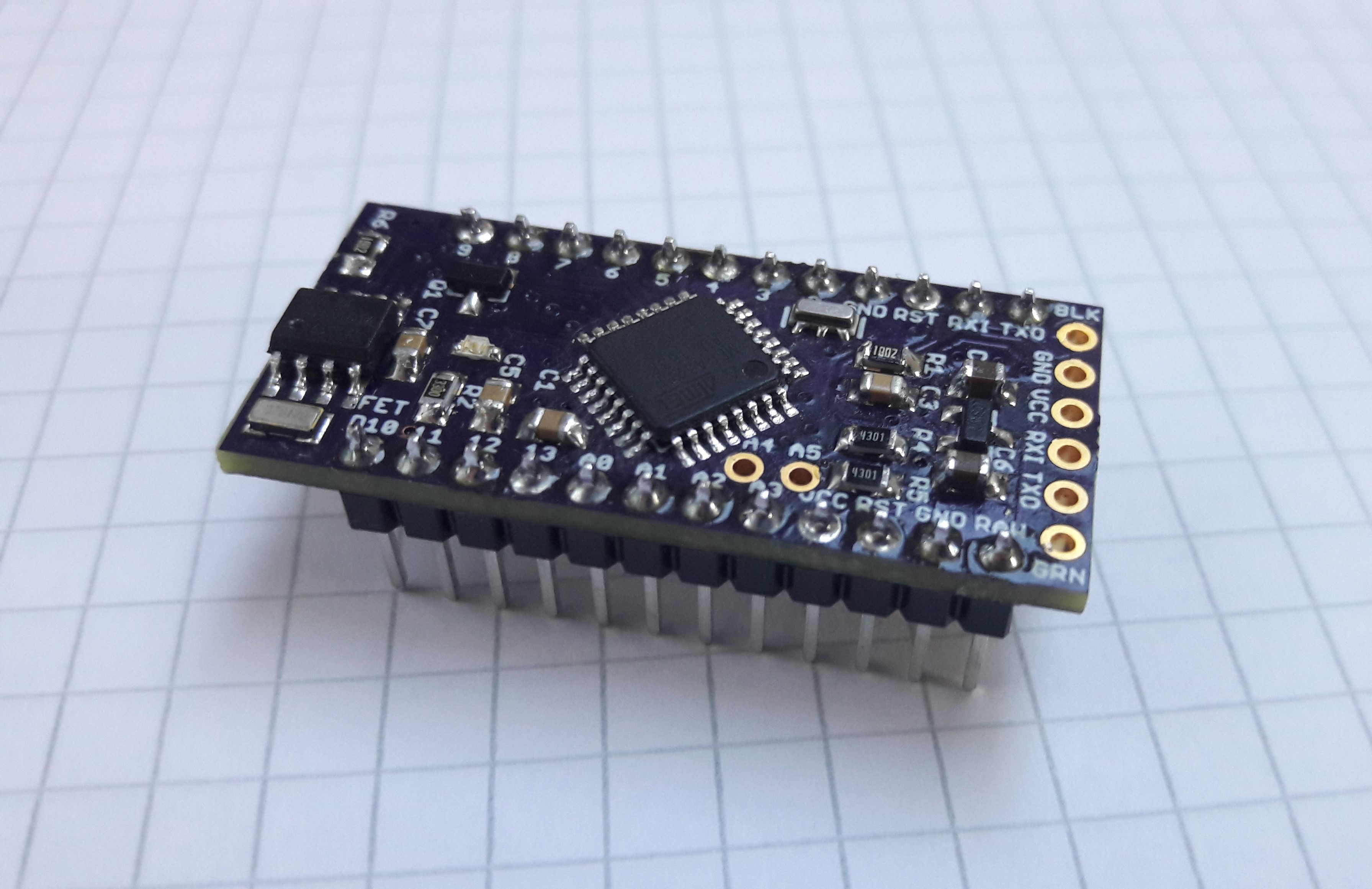
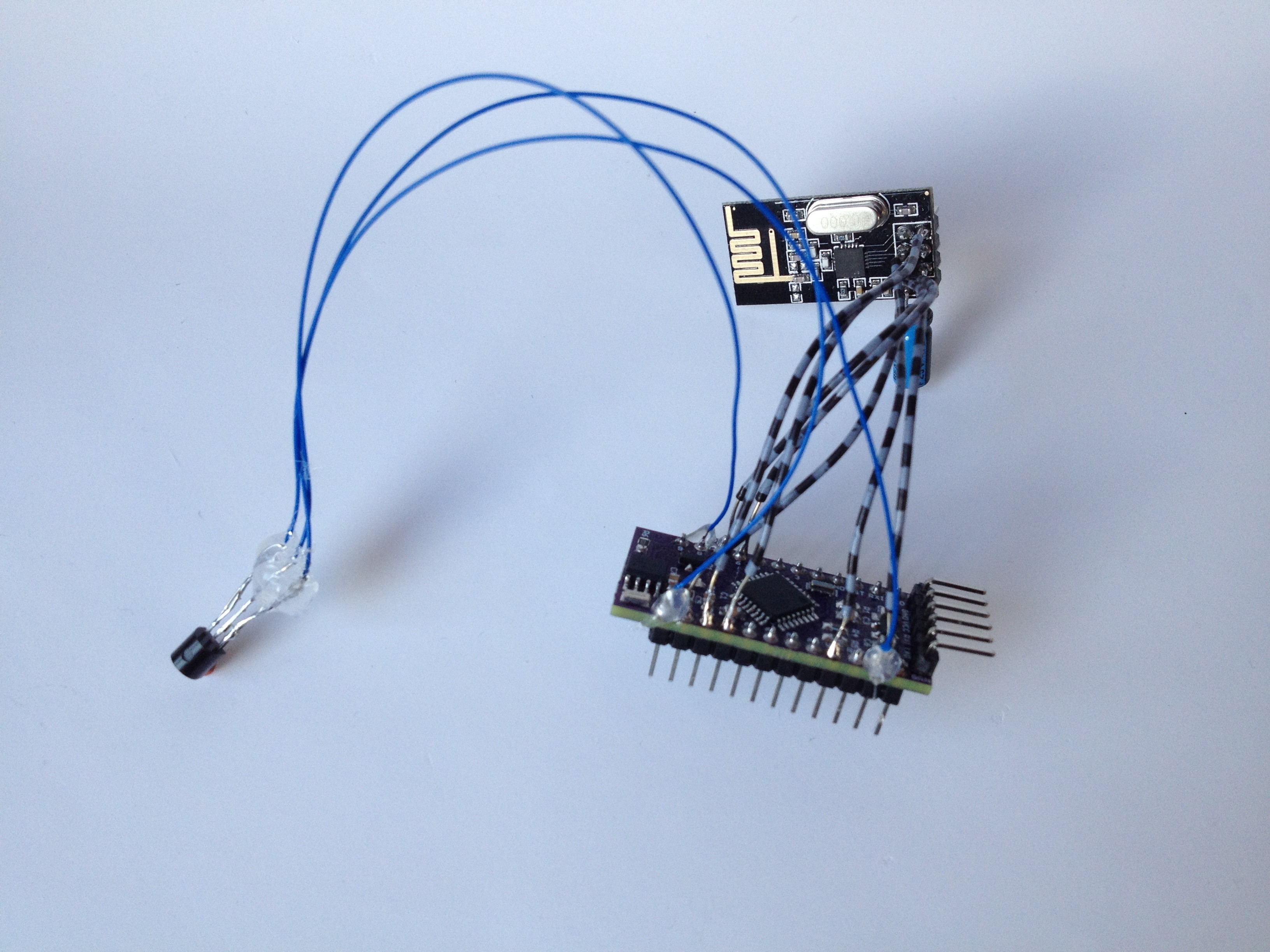
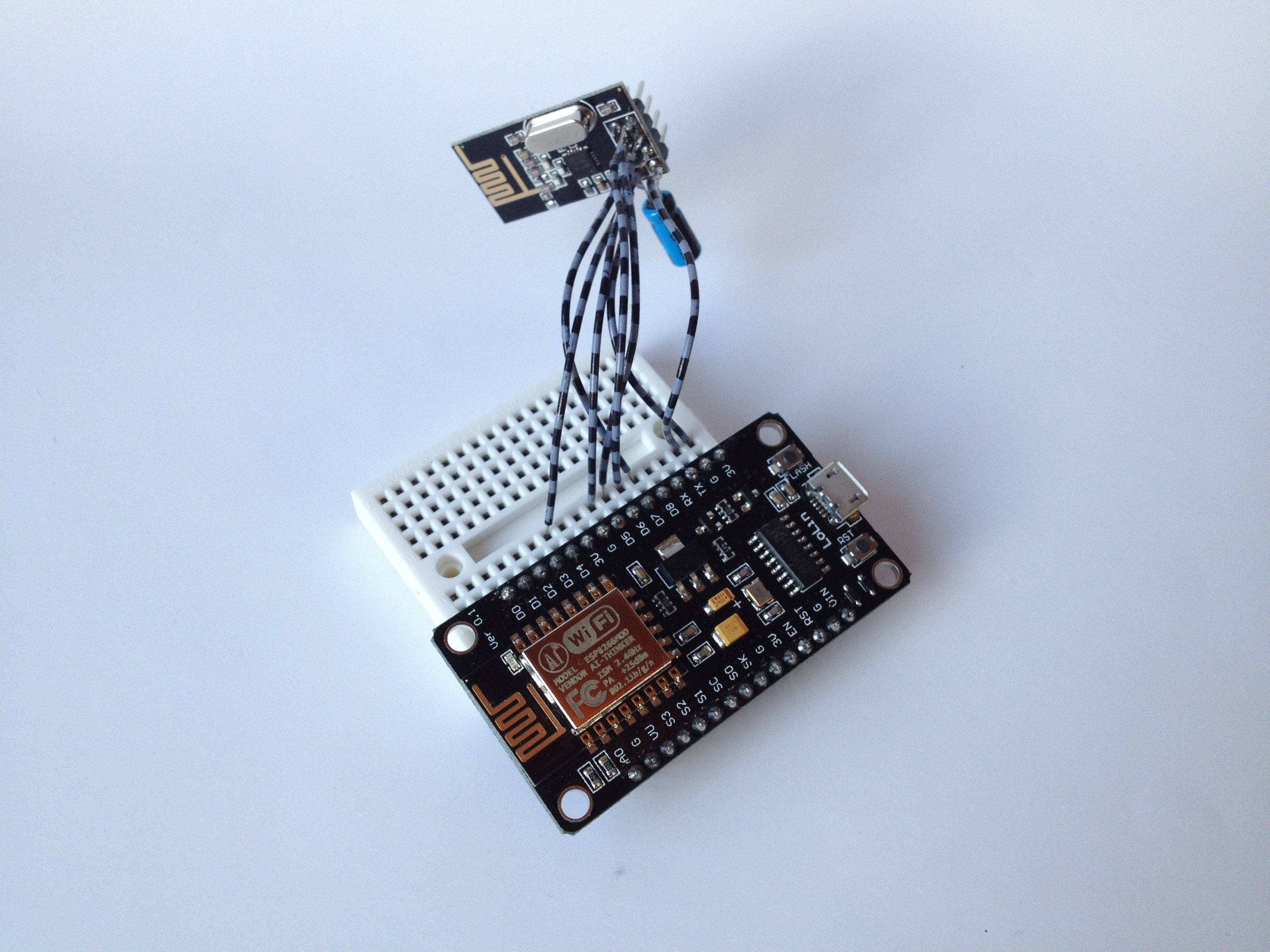
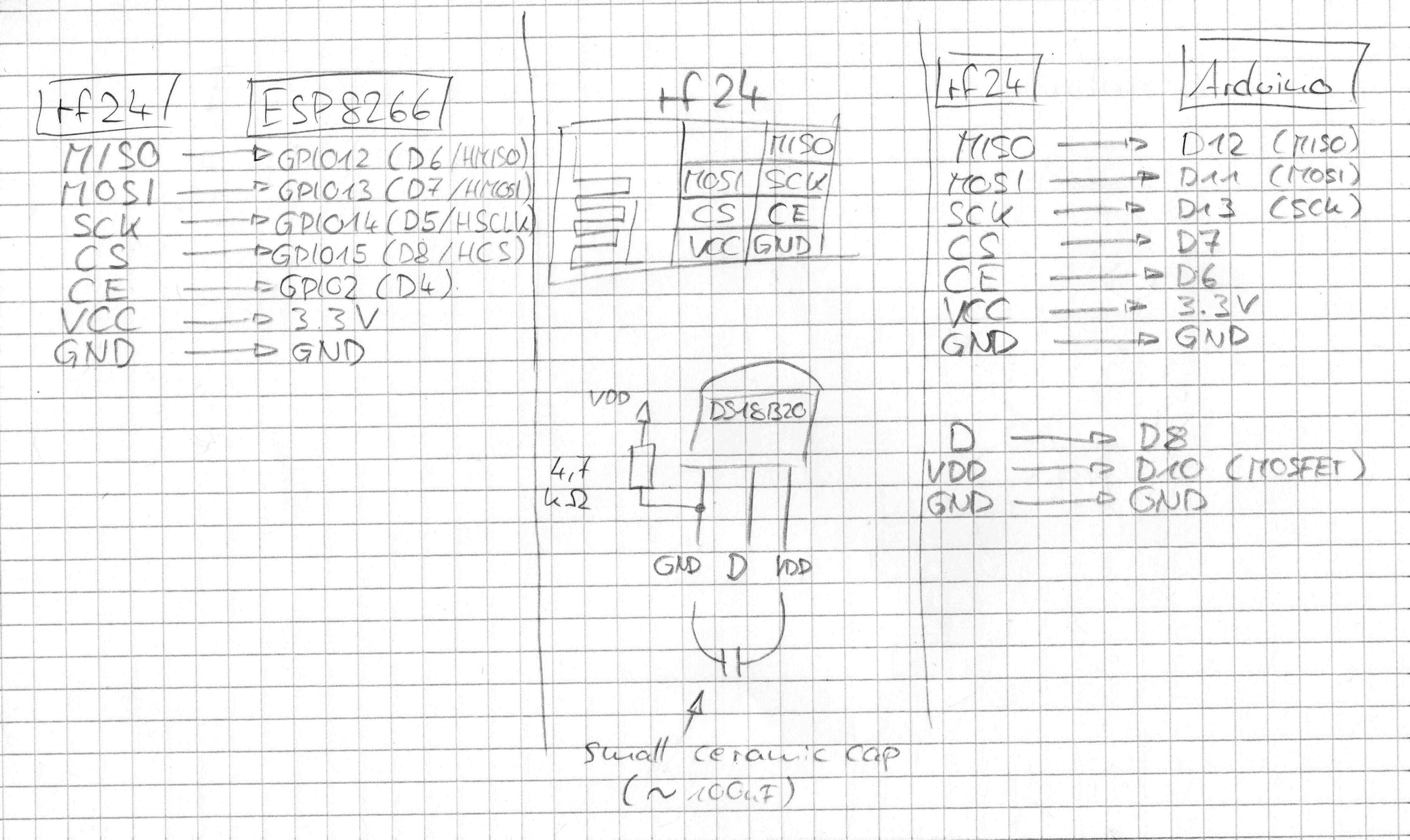
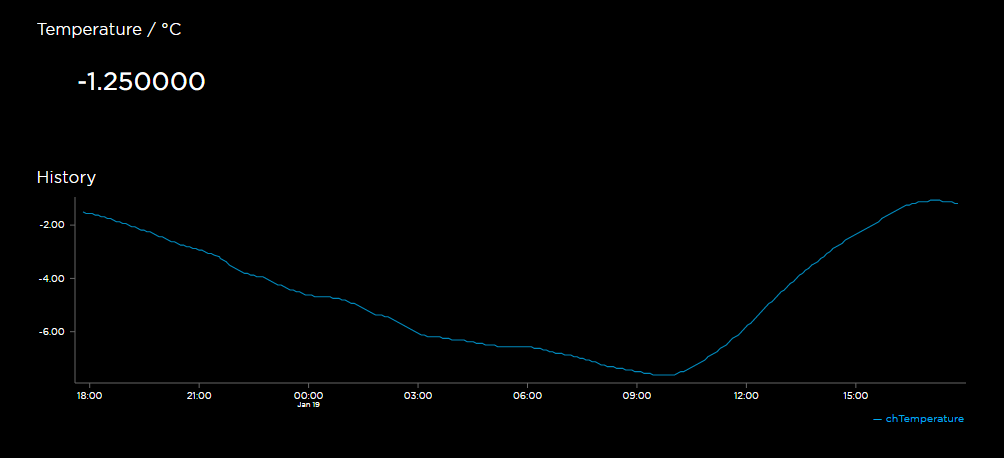
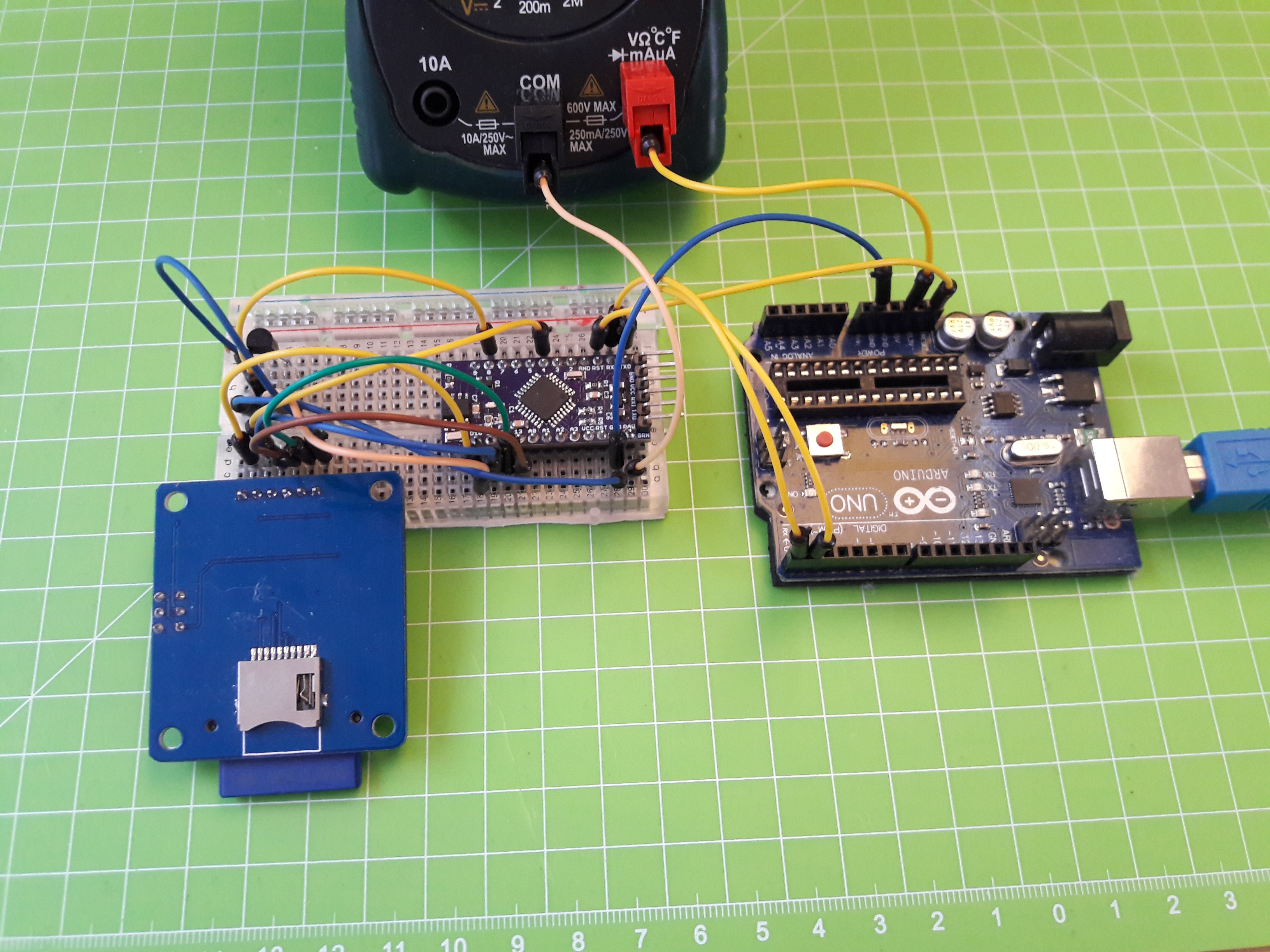
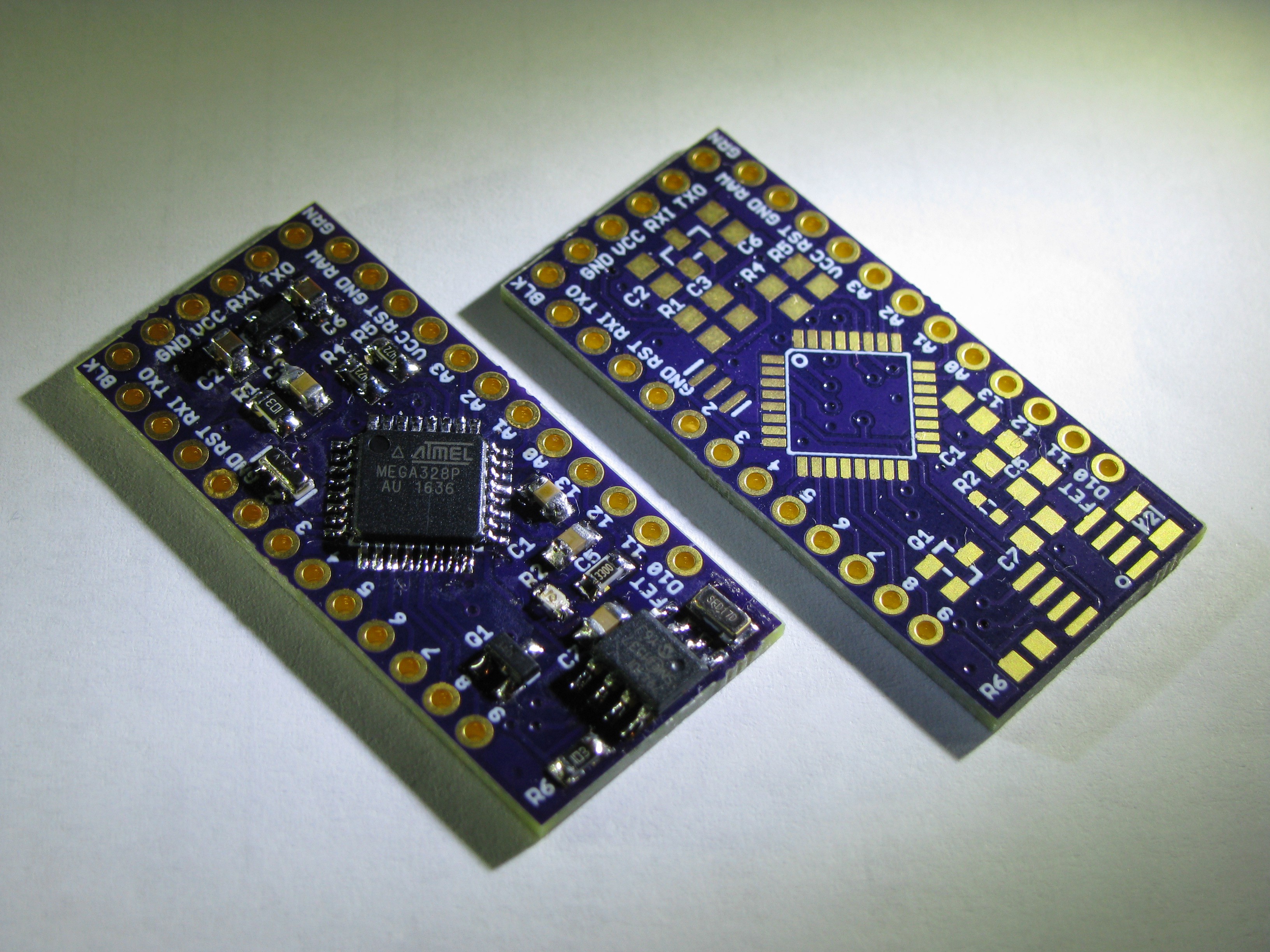
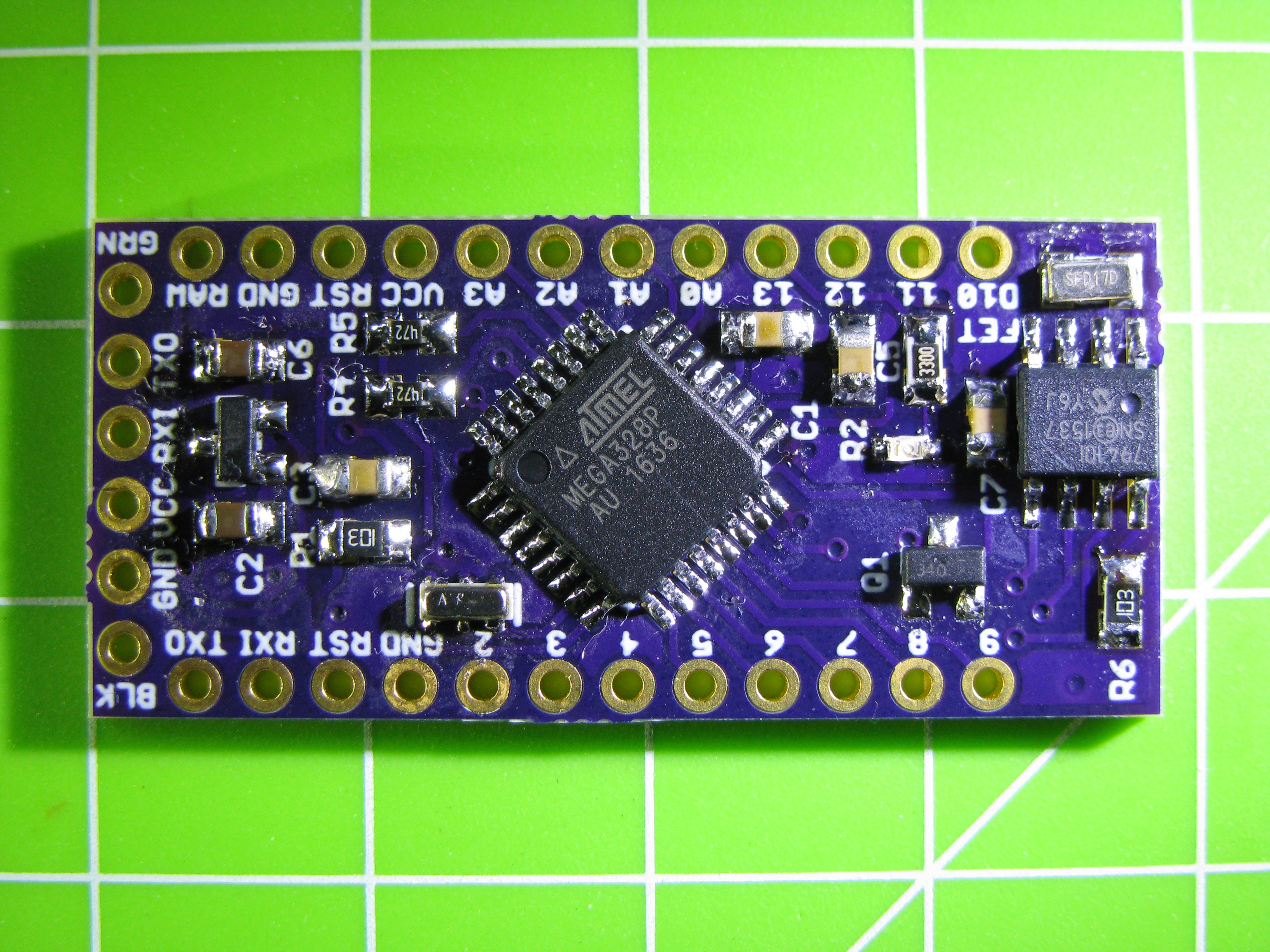
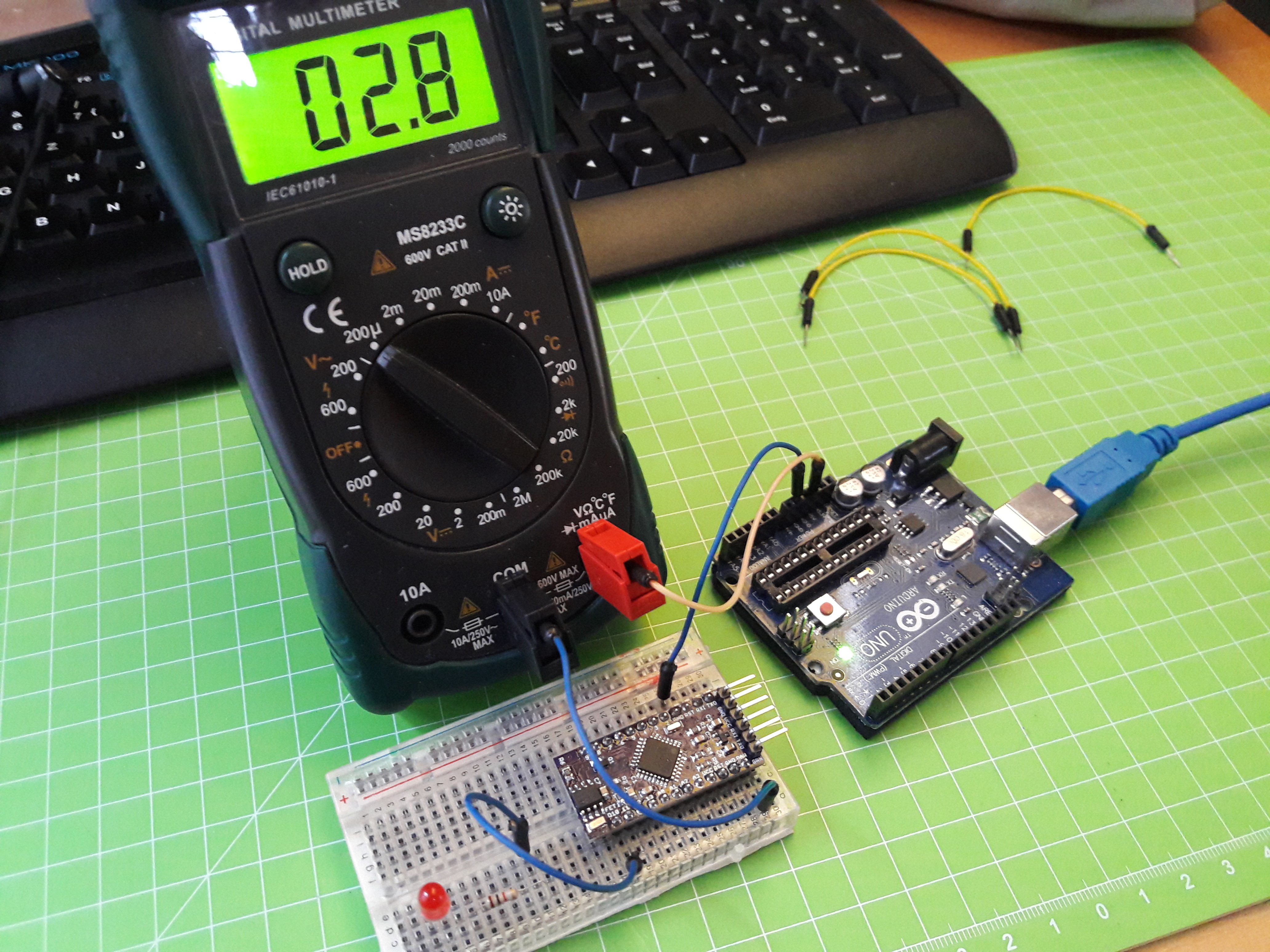

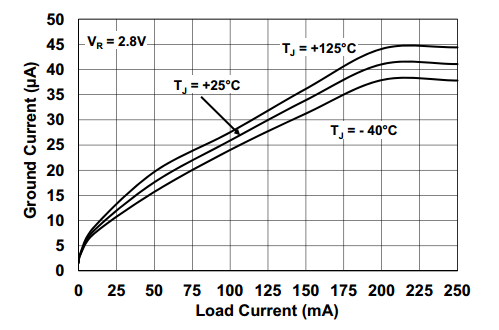



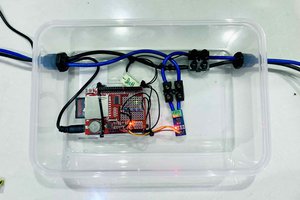
 iSax
iSax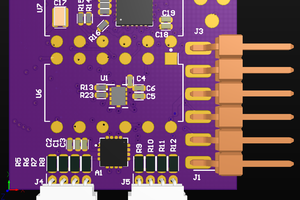
 Logan Cummings
Logan Cummings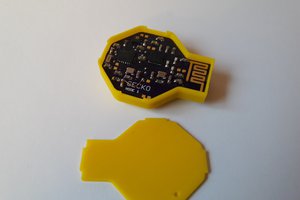
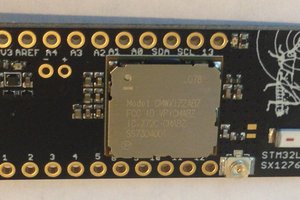
 Kris Winer
Kris Winer
First off, from the looks of it this seems to be amazing. Just what I am looking for! Thank you so much.
How much of a current can be drawn from each I/O pin with the MOSFET? :) Was hoping to use them for power management, with a maximum of 50 mA (not for more than one pin at a time).
Again, thank you!